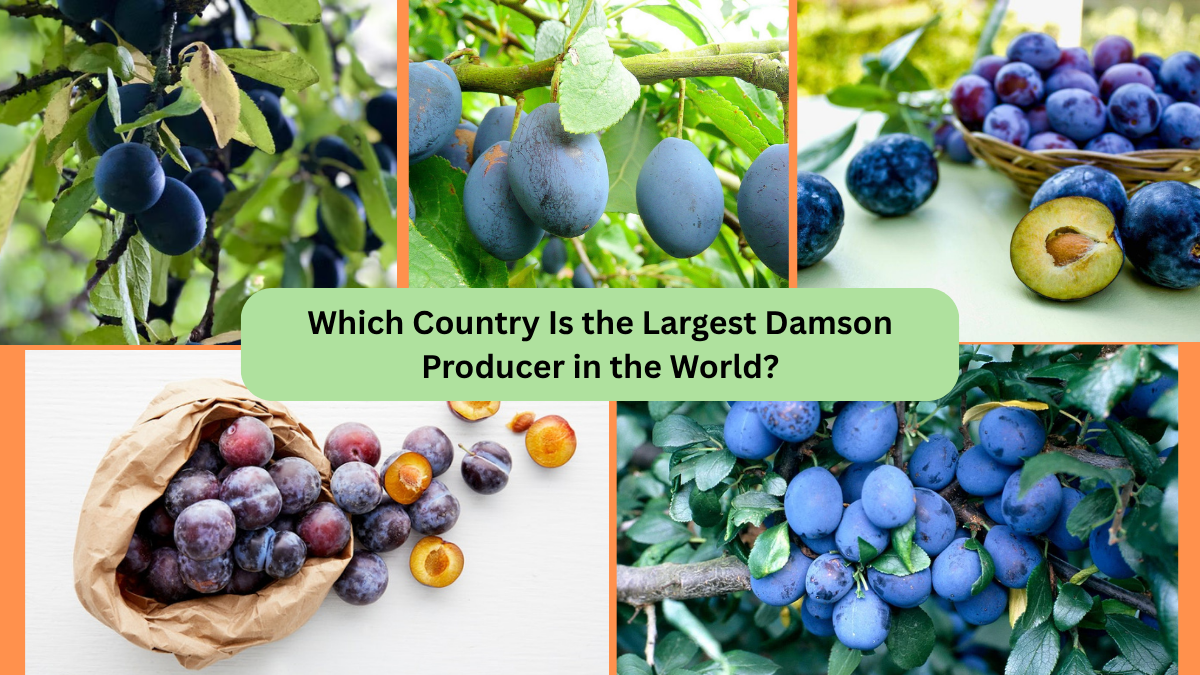Fruits have long been a staple of human agriculture, with some varieties quietly holding centuries of culinary, medicinal, and cultural significance. One such lesser-known yet historically rich fruit is the Damson plum. Known for its deep blue-purple skin and tart flavor, the Damson has adorned orchards, countryside hedgerows, and kitchen tables in Europe and beyond for generations. But which country leads the world in Damson production today? This article uncovers the fruit’s fascinating background, cultivation patterns, global distribution, and reveals the country that proudly holds the title of the largest Damson producer in the world.
What is a Damson?
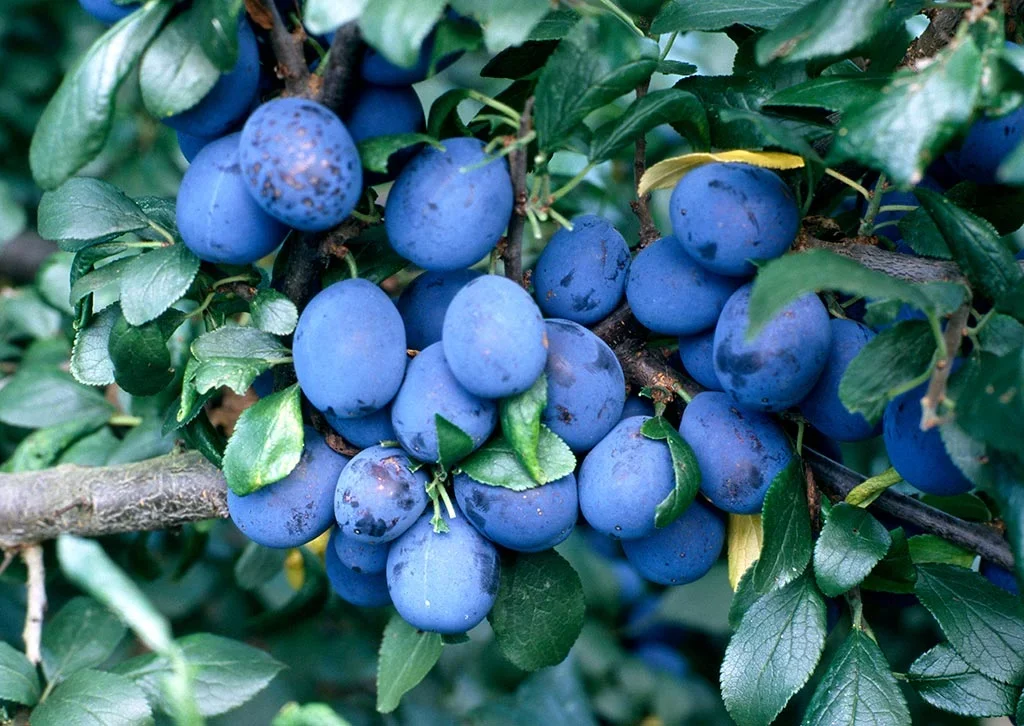
The Damson plum (Prunus domestica subsp. insititia) is a type of small, oval-shaped plum known for its rich, tart flavor and dark bluish-purple skin. It belongs to the Rosaceae family, which also includes peaches, apricots, cherries, and almonds.
Key Characteristics:
- Oval, oblong shape
- Smooth, dark blue to indigo skin
- Firm, tart flesh often tinged green or amber
- Small stone (pit) inside
The Damson is celebrated for its intense flavor, ideal for cooking, jams, jellies, chutneys, and even artisanal spirits like Damson gin.
Historical Origins and Cultural Significance
The Damson is believed to have originated from ancient Syria (near Damascus), which is where its name is thought to be derived. Roman naturalists and botanists, including Pliny the Elder, documented the fruit’s early cultivation and introduction to Britain by Roman settlers.
Since then, Damsons have become a traditional orchard and hedgerow fruit in various parts of Europe, particularly the United Kingdom. In British folklore, Damson trees were said to ward off evil spirits, while in the Victorian era, Damson preserves were a popular household staple.
Ideal Growing Conditions
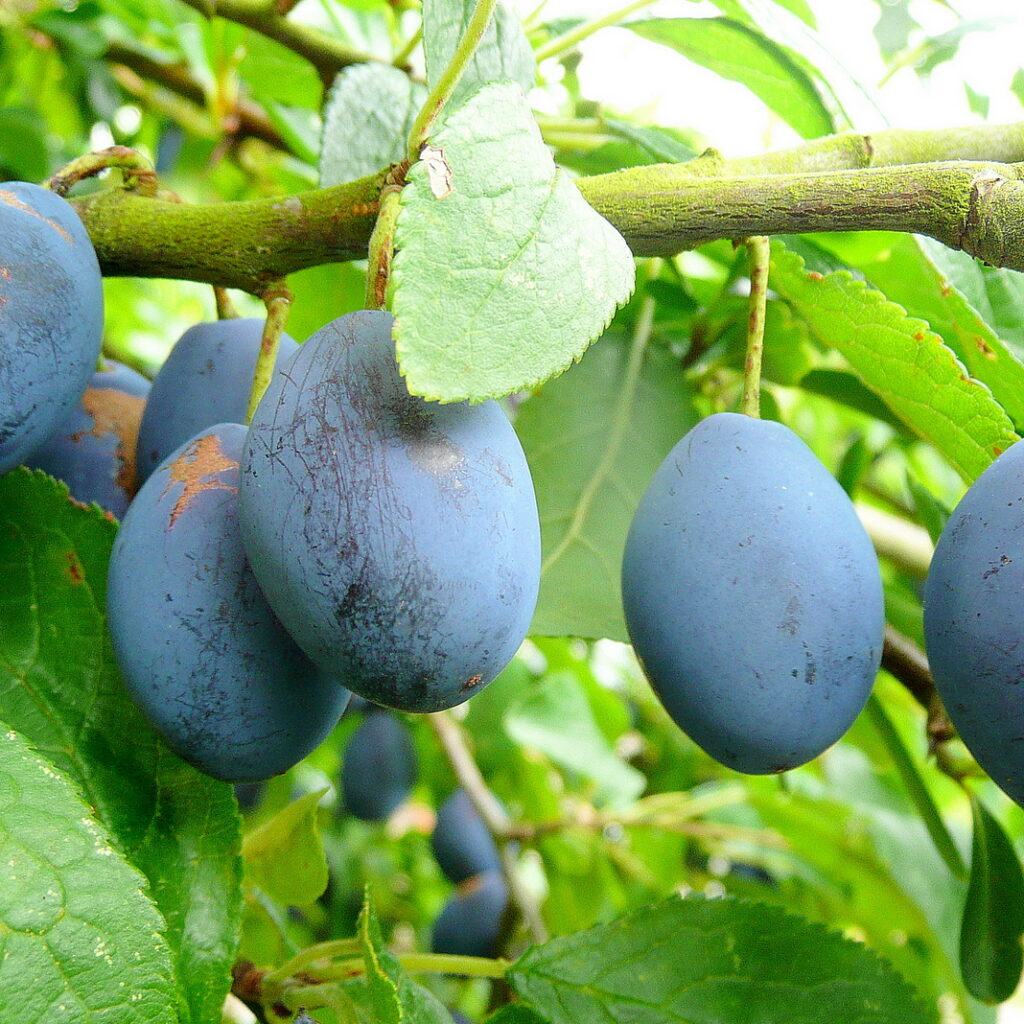
Damsons thrive in:
- Temperate climates with cool winters and mild, moist summers
- Fertile, well-drained, loamy or clay-loam soils
- Areas with moderate rainfall (600–1000 mm annually)
- Altitudes between 100–500 meters
The trees are hardy, disease-resistant, and relatively easy to maintain, making them a favorite for small orchards and rural farms.
Global Production Overview
While Damsons have historically been cultivated across Europe, their production today is largely concentrated in a few countries with suitable climate and culinary traditions. Key Damson-producing nations include:
- United Kingdom
- Serbia
- Germany
- Bosnia and Herzegovina
- Hungary
- France
- Poland
Outside Europe, Damson cultivation is limited, though scattered orchards exist in New Zealand, Canada, and parts of the United States (particularly in the Pacific Northwest and Great Lakes regions).
Which Country Is the Largest Damson Producer in the World?
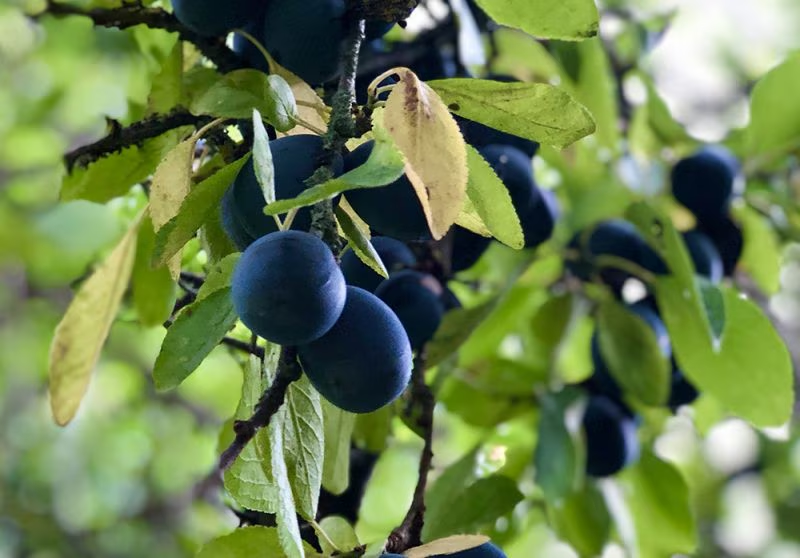
Serbia holds the title of the largest Damson producer in the world.
Why Serbia Leads in Damson Production
Several key factors explain Serbia’s dominance in Damson cultivation:
1. Ideal Agro-Climatic Conditions
Serbia’s continental climate, with cold winters and warm summers, provides optimal growing conditions for Damsons. The rich, fertile soils of the Šumadija, Zlatibor, and Mačva regions are especially favorable.
2. Deep-Rooted Tradition
Serbia has a long history of plum cultivation, particularly Damsons and other European plum varieties. The fruit plays a vital role in Serbian culinary culture, folk medicine, and rural economy.
3. High Domestic and Export Demand
Damsons are widely consumed in Serbia in fresh, dried, and processed forms. The country is famous for its traditional Damson-based brandy (šljivovica), jams, and desserts. Serbia also exports significant quantities to European Union countries, Russia, and the Middle East.
4. Large Commercial and Family-Run Orchards
Serbia boasts thousands of hectares of dedicated Damson plum orchards, cultivated both by commercial fruit companies and smallholder farmers.
5. Government and Agricultural Support
The Serbian government has consistently supported plum and Damson farmers through subsidies, agricultural training, and modern orchard development programs.
Other Major Damson Producers
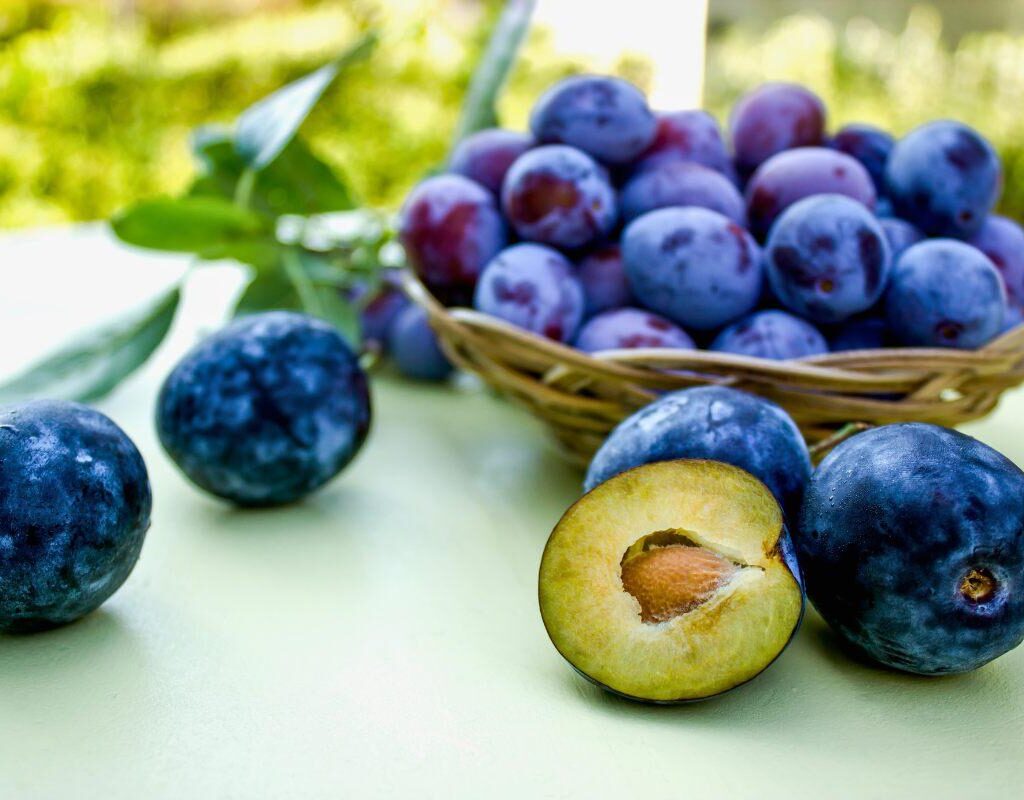
While Serbia leads globally, several other countries make notable contributions to Damson production:
United Kingdom
Historically associated with Damsons, the UK still maintains traditional orchards in areas like Westmorland, Shropshire, and Worcestershire. Damson gin, preserves, and chutneys are British culinary favorites, though production remains mostly local and artisanal.
Germany
Damsons, known as Kriechenpflaume, are grown in Southern Germany, particularly in Bavaria. They are used in traditional recipes like Pflaumenmus (plum butter) and liqueurs.
Bosnia and Herzegovina
Similar to Serbia, Bosnia has a deep-rooted plum culture, with Damsons being used for brandy production and preserves.
Hungary
In Hungary, Damsons are cultivated alongside other plums for palinka (fruit brandy) and desserts.
France and Poland
Both countries grow Damsons in limited regions for niche markets and culinary use.
Uses and Health Benefits of Damsons
Damsons are prized not just for their flavor but also for their nutritional benefits:
1. Rich in Antioxidants
Damsons are high in anthocyanins, phenolic compounds, and Vitamin C, offering antioxidant and anti-inflammatory benefits.
2. Digestive Aid
The high fiber content aids digestion and helps in regulating bowel movements.
3. Immune Booster
The fruit’s vitamins and minerals support the immune system and overall health.
4. Culinary Versatility
Damsons are widely used in:
- Jams, jellies, and chutneys
- Desserts like pies and tarts
- Traditional fruit brandies (e.g., Serbian šljivovica, Damson gin)
- Sauces for game meats and poultry
Their tart flavor makes them perfect for both sweet and savory dishes.
Economic and Cultural Importance
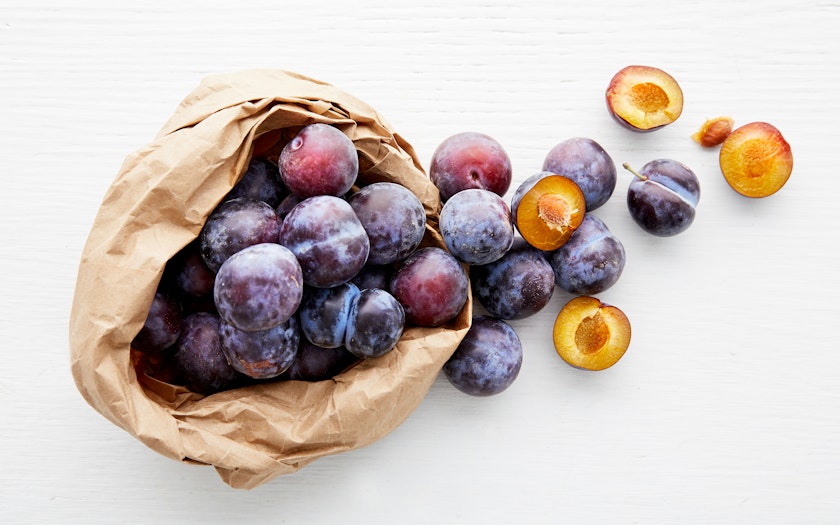
In Serbia
Damsons contribute significantly to the rural economy, supporting thousands of smallholder farmers. Šljivovica, a spirit distilled from Damsons and other plums, is a symbol of Serbian hospitality and tradition, often served at weddings, religious festivals, and social gatherings.
In the UK
The Westmorland Damson Day Festival celebrates the local fruit’s harvest and promotes traditional British Damson recipes and products.
Future Prospects for Damson Production
As interest in heritage fruits, traditional liqueurs, and natural antioxidants grows globally, Damson production is witnessing a modest revival:
- Serbia is expanding its Damson orchards and export markets.
- Niche producers in the UK and Germany are marketing artisanal Damson products.
- Organic farming and specialty liqueur markets are creating new demand for Damsons in Europe and North America.
With increasing awareness of Damsons’ culinary and health value, the fruit’s future in global niche markets looks promising.
Conclusion
The humble yet flavor-packed Damson plum holds a rich agricultural and cultural legacy across Europe. While several nations produce this traditional fruit, Serbia remains the undisputed leader in global Damson production.
Thanks to its favorable climate, deep-rooted plum-growing traditions, and thriving domestic and export demand, Serbia’s Damson orchards continue to thrive. As more food enthusiasts and health-conscious consumers discover the virtues of Damsons, this ancient fruit is set to reclaim a well-deserved place on the global culinary and wellness stage.
